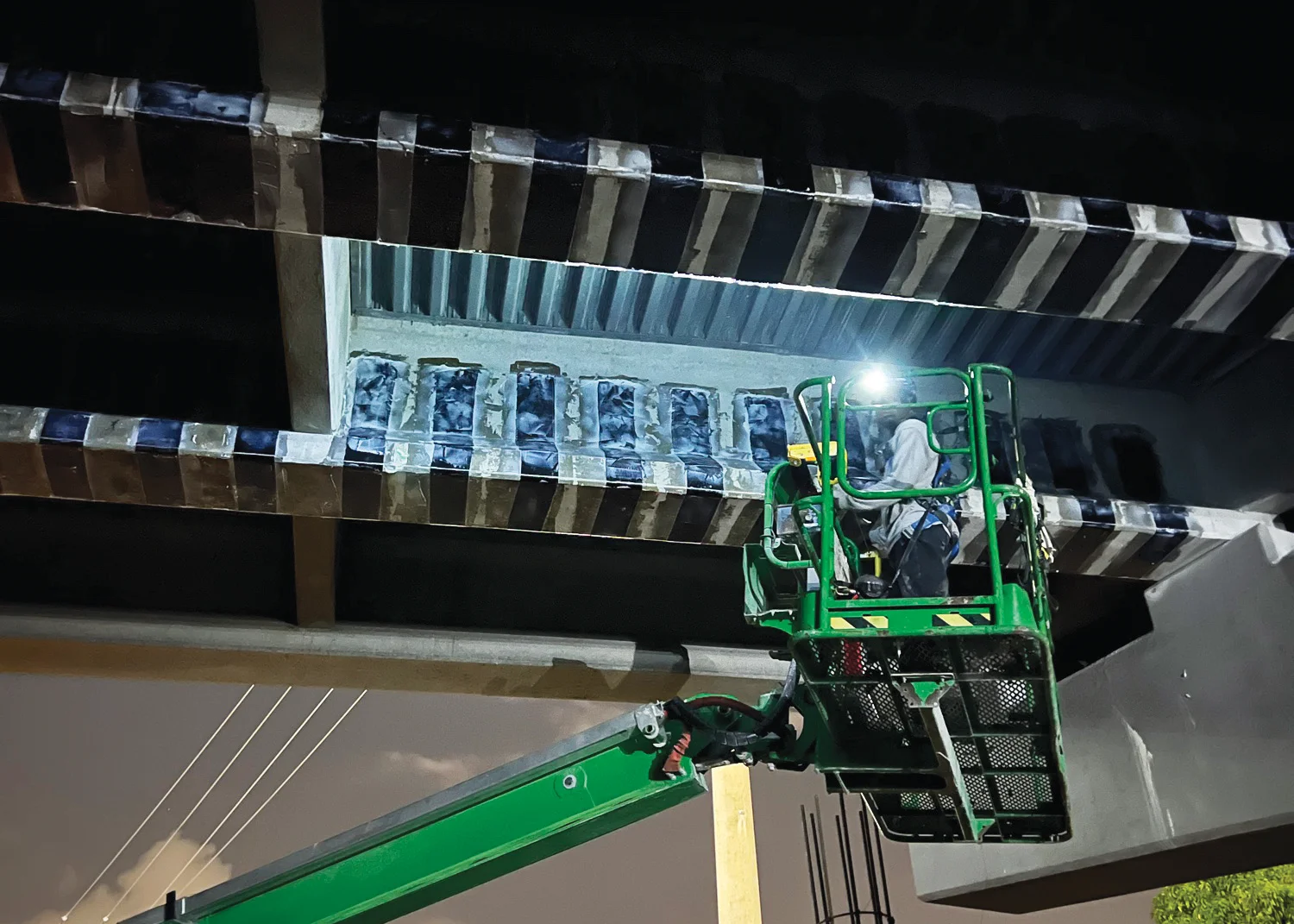Goal 2 | Develop strategies to conserve natural resources and reduce environmental impacts through proper concrete asset management
Concrete is a long-lasting, energy-efficient, and versatile construction material.
Much of the historical built environment still standing today was built using concrete and cementitious-based construction materials. Carbon dioxide embodied in concrete structures is generated during the production of the cementitious binder and associated reinforcing steel, the mining and transport of aggregates, and the transportation of the mixed concrete to the job site.
As a result, concrete has a large carbon footprint compared to other standard construction materials like wood, steel, and masonry. While concrete structures are high in embodied carbon dioxide, they generally can use less energy to operate and, with frequent and timely maintenance, have the capability to last longer than structures built with other common materials.
Concrete structures, if designed properly, can be repurposed. Repairs and repurposing contribute to a structure’s overall positive environmental impact and are much less impactful than a “demolish and rebuild” approach that is often required for structures that have been allowed to deteriorate.

OBJECTIVES
Assess and recommend methodologies and procedures to quantify the environmental impact and resource consumption for extended service life of concrete structures vs. replacement.
Stakeholders have varying awareness of their impact and obligations. Quantification tools offer approaches to address these challenges.
When developing methodologies and procedures, standardized scientific methods (e.g. ISO 14040 –Life Cycle Assessment, ISO 14067 (Greenhouse gases – Carbon footprint of products Requirements and guidelines for quantification), EN 15804 (Sustainability of construction works – Environmental product declarations – Core rules for the product category of construction products), ISO 14044 guidelines for life cycle assessment, must be followed for greater credibility.
For general customer needs, there are broad approaches, such as an online tool to estimate resource savings and greenhouse gas emission reductions for concrete repair projects.
Assemble case studies using standardized LCA methods.
For example, restoration and corrosion protection of a reinforced concrete building at Washington Airport prevented 1,688 tons of CO2 and 67 tons of acid rain constituents.
The Rainbow Bridge restoration followed ICRI procedures, avoiding 450 tons of CO2 and preserving 4,800 GJ of embedded energy (Ref. ICRI 160 Committee white paper). For new structures, approaches to protect against chloride ingress can significantly extend service life and reduce environmental impact.
